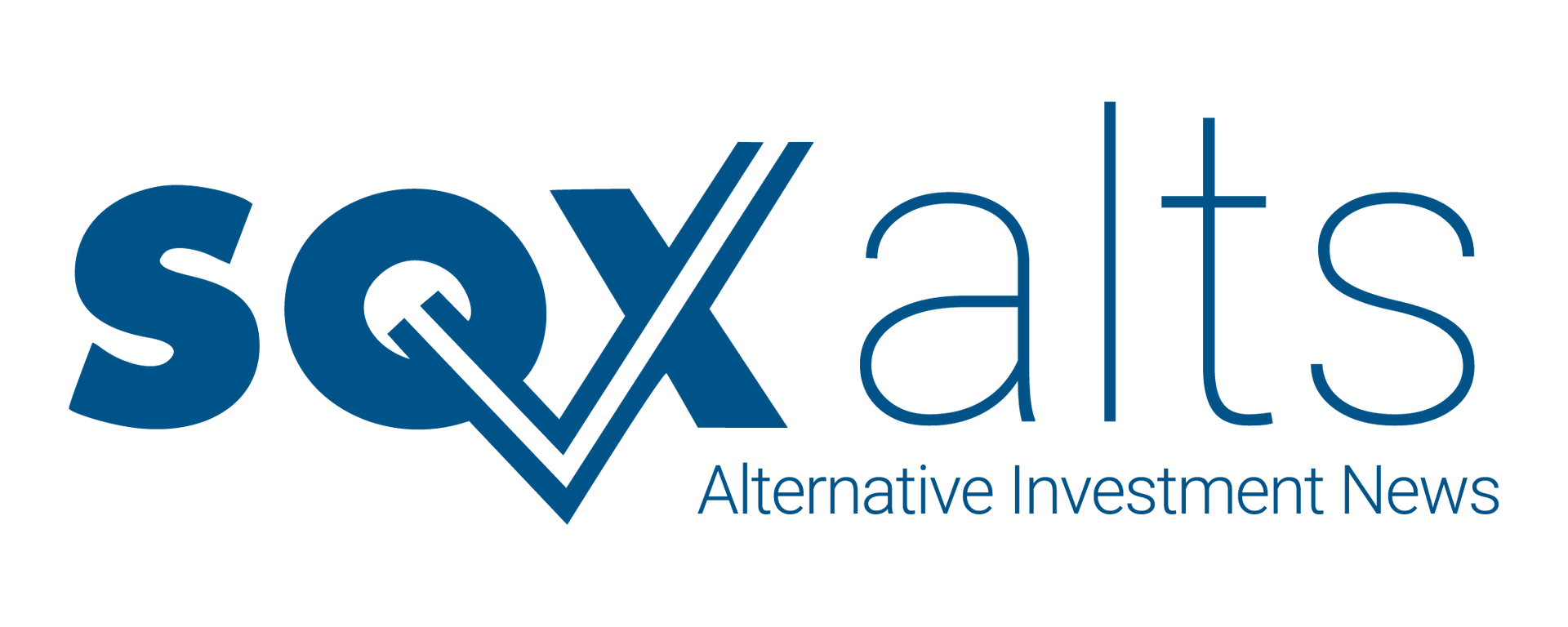Highlands REIT Reports Q2 2025 Loss
Despite a net loss, the company grew rental income through new leases and maintained stable occupancy.
August 12, 2025

Highlands REIT closed the second quarter of 2025 with a net loss of 3.0 million dollars, compared to a 2.4 million dollar loss in the same quarter last year. Higher operating and administrative costs drove the decline, but new lease activity, particularly at Sherman Plaza, pushed rental income higher.
Revenue and Expenses
Total revenue for the quarter reached 9.5 million dollars, up 7.5 percent from a year earlier. Rental income rose to 9.2 million dollars, boosted by the March 2025 rent start for Life Time Fitness in Evanston, Illinois. Other property income edged lower.
For the first half of the year, revenue totaled 18.8 million dollars, up 4 percent from 2024. Gains from Sherman Plaza offset part of the revenue lost from the February 2024 sale of the company’s industrial portfolio and reduced occupancy in some multi-family properties.
Expenses climbed faster than revenue. Property operating costs rose 15.6 percent to 2.6 million dollars in the quarter, driven by higher professional fees for transactions in progress, along with increased utilities, payroll, and insurance. General and administrative costs jumped 31.6 percent to 3.8 million dollars, reflecting stock grants, consulting fees tied to the former chief executive’s separation, and legal work on executive agreements. Real estate taxes ticked up slightly. Depreciation and amortization stayed flat. Interest expense declined to 1.78 million dollars, helped by lower amortization on a matured loan and scheduled principal paydowns.
Portfolio and Segment Results
Highlands manages two segments: multi-family and other assets, which include retail, office, and special-use properties. As of June 30, 2025, the portfolio included 13 multi-family assets, three retail properties, one office building, a correctional facility, and one parcel of land.
Net operating income for the quarter was 5.1 million dollars, with 2.7 million from multi-family assets and 2.3 million from other assets. Multi-family income dipped slightly from last year, while other assets saw gains from new leases. Tenant concentration remained high, with XP Power and Veeco Instruments each accounting for more than 9 percent of total revenue in the first half.
Leasing and Occupancy
Leasing activity added momentum. In the first six months, Highlands signed two new commercial leases and 11 renewals, covering 153,019 square feet. New leases averaged nearly 15 years in term, while renewals averaged just over three and a half years. Economic occupancy improved to 75 percent from 72.1 percent last year, and rent per square foot increased to 26.33 dollars.
Upcoming expirations remain a focus. Multiple leases roll in 2026, including a large Office Max location in Ohio, which could impact cash flow if not renewed.
Capital Position and Liquidity
At quarter-end, total assets stood at 328.2 million dollars. Cash and cash equivalents were 21.0 million dollars, with an additional 2.6 million dollars in restricted cash. Debt totaled 123.4 million dollars at a weighted average rate of 5.32 percent. Most borrowings are fixed or hedged, with maturities running through 2036.
In April 2025, Highlands extended the maturity on a 20 million dollar Trimble office loan by one year, holding the rate at 5.86 percent. The only company loan guarantee covers 4 million dollars of this debt.
Cash flow from operations was 374,000 dollars for the first half, down from 2.4 million dollars in 2024, reflecting higher property and administrative expenses. Investing activity used 8.4 million dollars, mainly for capital and tenant improvements. Financing activity used 2.65 million dollars, largely for share repurchases tied to executive departures and employee stock grants.
Share Repurchases and Leadership Changes
In the first half, Highlands repurchased 7,447 shares. Most were bought from former chief executive Richard Vance as part of his April 2025 separation and consulting agreement, which also provides for 800,000 dollars in fees for the remainder of 2025, quarterly payments through 2027, and 18 months of health coverage. Additional repurchases covered tax obligations for stock grants and shares from a retiring employee.
Robert J. Lange is serving as President and Chief Executive Officer as of August 2025.
Strategic Direction
The company continues to work its long-term plan of maximizing the value of a portfolio largely made up of inherited non-core assets in challenging markets. Highlands is targeting selective dispositions, reinvestment in stronger income-producing assets, particularly multi-family, and disciplined cost control.
Following a self-tender offer in late 2023, management is evaluating another liquidity option for shareholders, which could be announced within the next year. Timing will depend on market and economic conditions, interest rates, and property-level performance.
Risk Factors
Management notes that refinancing upcoming debt maturities, retaining key tenants, and navigating interest rate changes remain key risks. Many assets are illiquid or located in weaker markets, which can limit sale and financing options. Broader risks include inflation, economic conditions, and geopolitical instability.
While no property sales took place in the first half of 2025, management continues to monitor disposition opportunities as part of its repositioning strategy. The focus for the rest of the year will be maintaining occupancy, executing leases, controlling costs, and positioning the portfolio for both operational stability and potential shareholder liquidity events.
Share
Read More Articles


